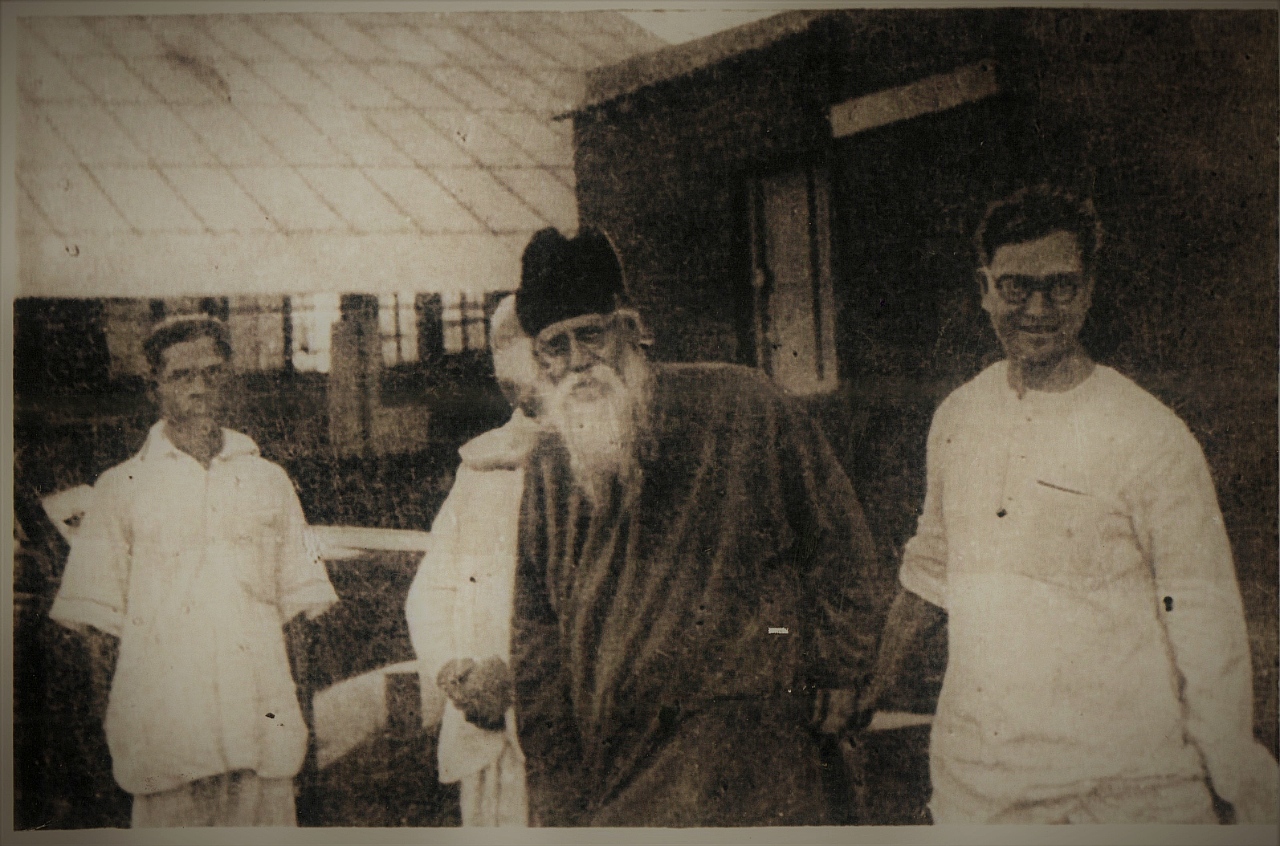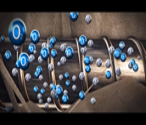Corrosion Of Steel In Concrete
TCT endeavours to establish a close relationship between different technologies related to civil engineering, and the civil engineers know the basics.
I would like to emphasize only the basic concept of corrosion. Corrosion is a very common term, which indicates deterioration of any substance by the direct influence of some other conditions. Generally, we focus on the deterioration of steel, concrete and other metals; but, any condition is ionic. Therefore, our study and analysis are based on this concept.
Rusting is the aqueous or atmospheric corrosion of iron, zinc, copper, aluminium and other metals to either cover the metal component in a layer of corrosion products, or in more severe cases, cause the metal component to be damaged by extensive conversion of metal to corrosion products. In most cases, the corrosion products are oxides and hydroxides of the rusted metal, but other compounds such as carbonates, atmospheric oxygen, water and sulfates are also possible.
Atmospheric oxygen, water and atmospheric pollutants such as sulphur compounds and to a lesser extent atmospheric carbon dioxide activate rusting. The rate of rusting and the corrosion product formed is closely dependent on environmental factors, making accurate prediction of rusting very difficult. The temperature, frequency of rainfall and sunshine, orientation of the rusted surface relative to gravity, the concentration of sulphur dioxide, salt crystals and dust particles influence rusting
rates. In general, iron and steel suffer the most severe rust damage of all the metals in common use. The basic reason for that is the product of rusting, i.e., iron hydroxide is impermeable and does not protect the underlying surface to the extent that aluminium oxide protects aluminium.
Under typically humid conditions, a film of water about one micron thick will cover any exposed metal surface. Further, proximity to the sea will expose metals to airborne salt crystals, which lower the minimum humidity for water accumulation on the metal surface. The salt crystals on the metal surface will dissolve in the water film to create a saline solution.
Exposure to polluted atmospheres adds sulphates and nitrates to the aqueous solution. Iron and steel surfaces, particularly those that lie horizontally, are therefore covered in a layer of a corrosive solution of electrolytes, unless the surface is continuously irradiated by the sun or some other source of heat. Light rain increases the amount of water available for corrosion, while heavy rain washes off the electrolytes and delays rusting. Corrosion often begins around a crystal of salt or some other hygroscopic material which is in the process of absorbing water. A minute electrochemical cell is then formed close to this deposit.
A basic characteristic of electrochemical corrosion is that the formation of an electrochemical cell is often a slow process. Once formed, the electrochemical cell usually grows in size and strength to cause an over- accelerating corrosion rate. After a period of initial corrosion, a layer of iron hydroxide covers
a small pit in the metal, which is filled with an aqueous solution of sulphate ions, ferrous ions and hydronium ions. This aqueous solution can become highly concentrated, as compared to surface water away from the rust pit, and will generate an electrochemical potential that is large enough to permit rapid corrosion of iron. The adjoining metal becomes cathodic to complete the electrochemical cell. Further, the surface of the rusting iron or steel is covered with an inner layer of amorphous ferrous hydroxide (FeOOH) and magnetite (Fe3O4), which has sufficient electrical conduction to convey current to the surrounding metal.
Corrosion of reinforcement in RCC is one of the major causes of distress or failure in a structure and has contributed greatly to the less favourable perception of the material, which emerged in the 1980s. The perception of the problem is reflected in current attitude towards housing and all construction industries. However, the technology of steel protection is now well- established.
As per standard code, particular covers are mentioned for different concretes for different environments. It should be appreciated that the requirement of different cover thickness is important in worst cases. Also, difficulties of obtaining required cover in practice have directed an investigation into other ways of preventing steel corrosion. The high-risk situations may include:
1) Construction in difficult climates (such as in hot climate)
2) Inadequately skilled workmen
3) Chloride contamination
Corrosion-Resistant Or Corrosion Protected Steel
Galvanised steel is one of the best in the category; its main limitation lies probably in an aggressive environment containing localised concentrations of chloride ions which might cause a rapid loss of zinc. Galvanising is however, suitable as an added protection to steel in a normal environment and may permit a reduction in the size of precast goods by reducing cover required. Please note that:
1) Bending is best carried out before galvanising, since cracking or flaking may result in regions of tight bends.
2) Defects due to cutting or welding should be made good with a zinc/resin coating.
3) The chromatin of the finished surface may be advised if cement to be used has very low concentration. Non-chromated bars may react chemically with the cement, producing hydrogen, which reduces the surface bond.
4) Epoxy coated steels are new; they are produced by electrostatically coating method. It is vitally important that any imperfection in the coating, such as cut ends, must be made good to avoid corrosion spreading under the film, especially if chlorides are present. But it appears that bond strengths of epoxy- coated bars are slightly reduced. Most applications involved marine or water retaining structures but other applications might include situations in the vicinity of cathodically protected underground pipes. The electrically insulating coating would prevent corrosion due to stray currents in such instances.
5) Stainless steels are likely to give the greatest durability, especially in a more aggressive environment, though their cost is such that applications are likely
to be limited to very sensitive types of work.
Monitoring Of Corrosion Rate In Reinforced Concrete
The susceptibility of metal to corrosion depends on its effective electrode potential in a given environment and, therefore, will vary from place to place according to the chemical makeup of the surrounding medium. In buildings where some corrosion has been detected (normally by localized spalling), some means of assessing of further problems is a distinct advantage. For example, where tests suggest that the entire structure is at serious risk, the possibility of demolition might have to be considered, whereas if the problem is localised, surface treatment of the remaining parts may suffice.
There are several techniques by which the extent of potential corrosion problems can be estimated:
Half-Cell Potential
The electrode potential of steel relative to concrete cannot be measured directly since another electrode must be introduced to measure voltage. However, by use of a second half cell, the electrode potential of metal at any place can be inferred. Common arrangements are copper in a copper sulphate solution or silver in a silver chloride solution. Such half cells are described as the reversible; the current can flow either way in them. The reinforcement must be exposed in one position and the circuit is completed by means of a damp sponge. When the steel has a high corrosion risk (as in carbonated concrete or when salt is present), it will give rise to a higher negative potential, as for the reactive metals. A typical risk assessment would be:
i. if less than -200 mV, risk is low
ii. if between -200 and -300 mV, risk is medium and more negative, as compared to -350 mV, where risk is high
If readings at any position vary, then the concrete surface should be made wet by a
0.5% detergent solution to give readings steady to within ±20 mV, over a 5 minutes period. If this state cannot be achieved, the half-cell method is probably inappropriate.
Resistivity Measurement
Resistivity Measurement can give additional information to the half-cell technique because they measure the ability of the concrete to conduct ions between the anodes and cathodes of corrosion sites. The term resistivity applies to material and is defined such that:
Electrical Resistance of a Given Current Path = Resistivity
Path Length
Area of Conducting Material
(Longer path lengths increase resistance, while larger conducting areas decrease resistance)
It will be from the above that the units of resistivity are resistance time’s length. The method of measuring resistivity involves applying an alternating current between two points on the concrete surface, the voltage between two intermediate points being measured. Alternating currents must be used to avoid effects of polarisation that would occur with a direct voltage. The resistivity of the concrete will depend upon its moisture content; the presence of chlorides, oxygen levels and oxygen is a key part of the corrosion process. The corrosion rate corresponding to a given resistivity will depend upon the half- cell potential as obtained above though an approximate guide is that resistivity less than the risk of problems.
There are various methods suggested by many workers to prevent corrosion. But, in most of the cases, a few disadvantages also appeared due to faulty choice of material. Because all the parameters are not seriously considered, the perfect solution cannot be provided. So, choosing the right material and process is very important.
To be continued in Part VI…





0 Comments